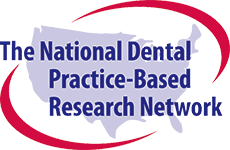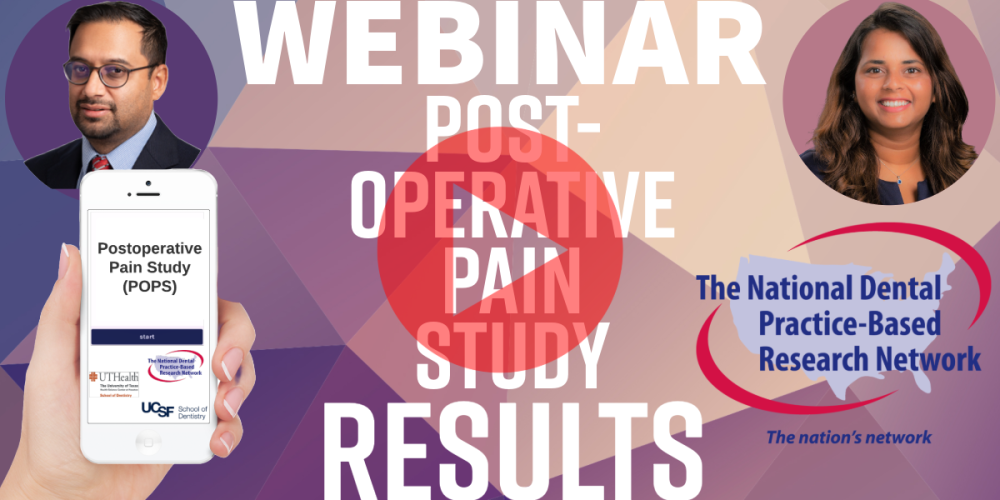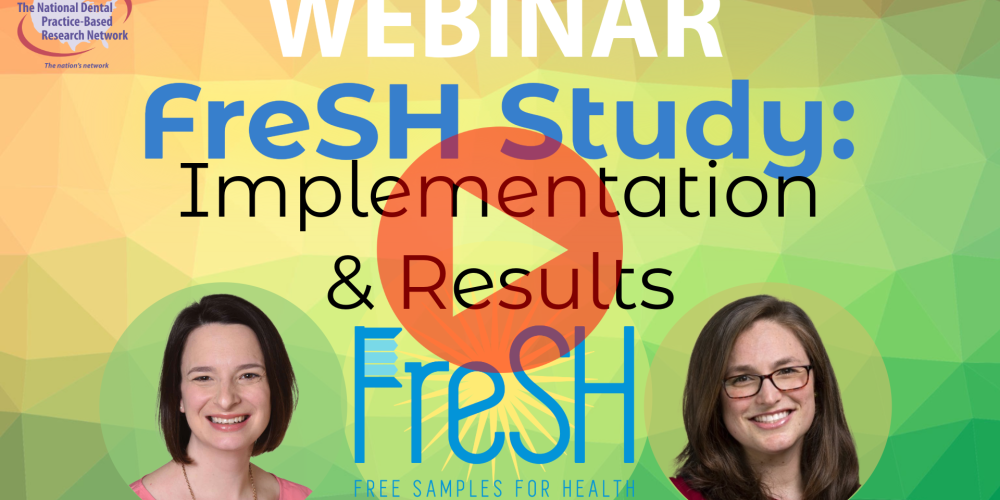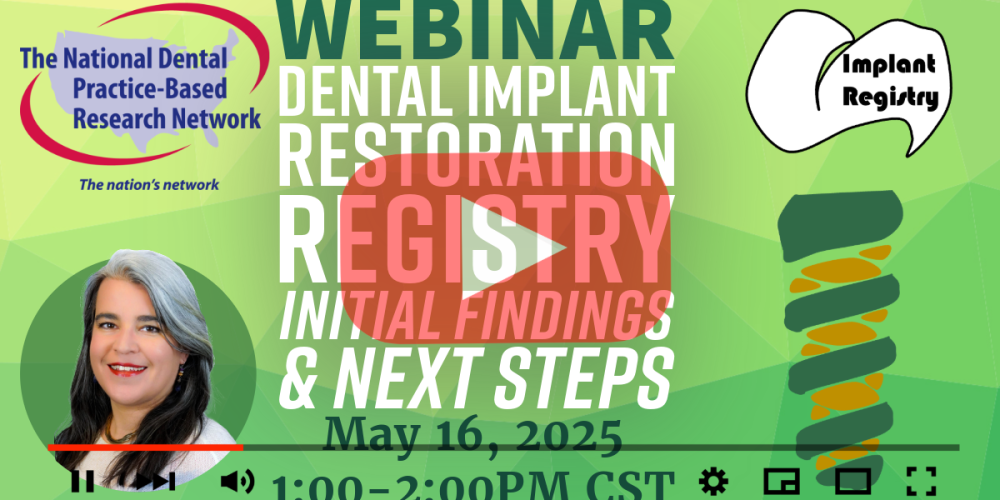If you are interested in participating, contact us!
Study: Self-contamination of dental personnel PPE when donning and doffing
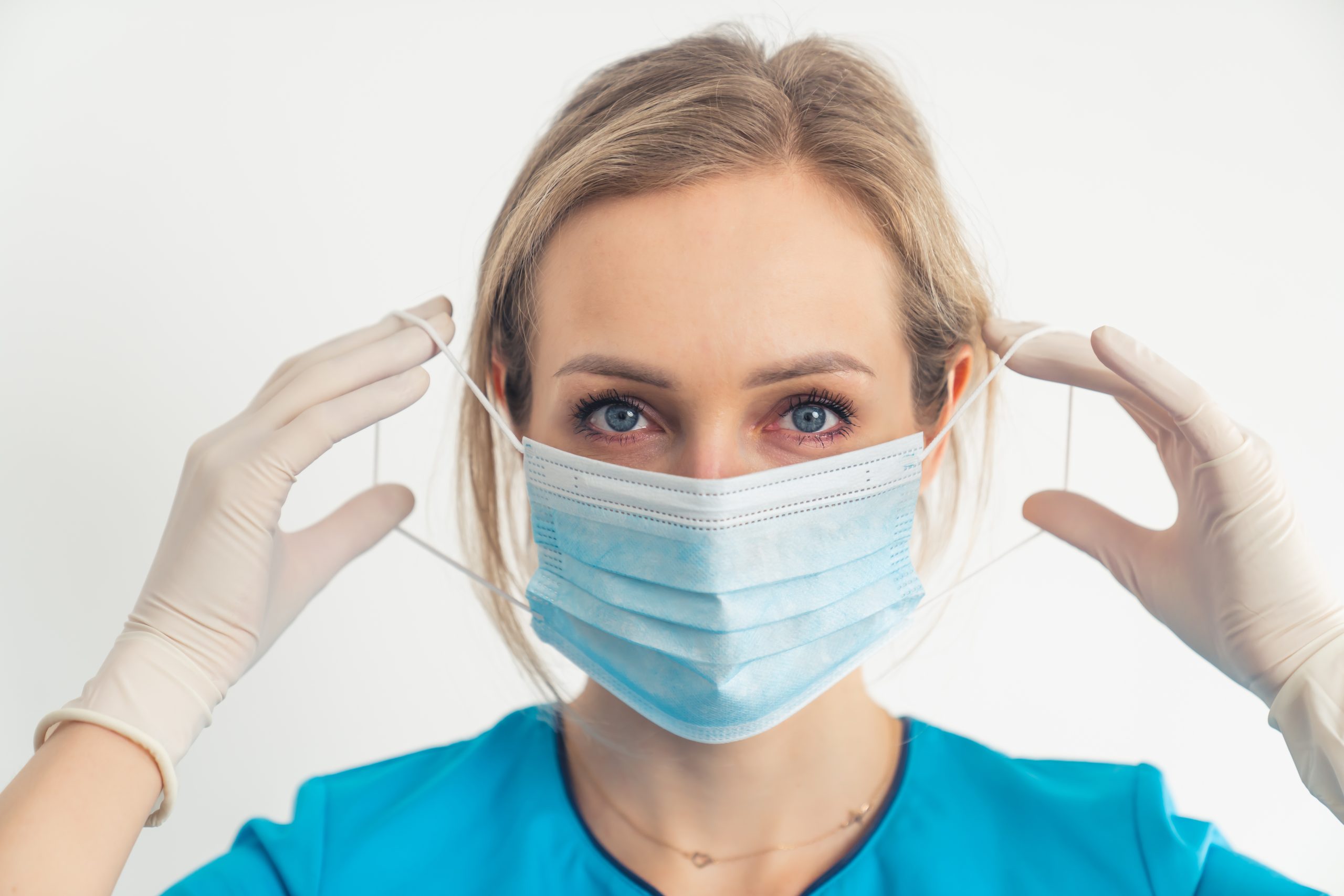
Personal Protective Equipment (PPE)
Personal protective equipment, or PPE, can help protect dental healthcare personnel from exposure to pathogens, including SARS-CoV-2 (the virus that causes COVID-19). However, correctly donning and doffing PPE without self-contamination can be difficult for healthcare workers, including those in dentistry. We studied how DHCPs don and doff PPE, when and where self-contamination is most likely to occur, and how to help DHCPs improve their knowledge of donning and doffing procedures.
Recommended PPE
The Centers for Disease Control and Prevention recommends universal PPE use to prevent SARS-CoV-2 transmission in the oral health setting, including a surgical mask, eye protection (face shield or goggles), gown, and gloves. In addition, the CDC recommends N95 respirator use during aerosol generating procedures.
Our study
We asked 70 dental healthcare personnel to don and doff the CDC-recommended PPE, along with any specialty equipment they usually wear (e.g. loupes). Participants included dentists, assistants, hygienists, and dental specialists (endodontists, periodontists, and orthodontists). After donning, we applied a fluorescent marker to the participants’ gowns and gloves. After doffing, we scanned participants with a UV light to determine whether any self-contamination had occurred. The study team recorded the donning and doffing processes so that we could study the steps the participants used to don/doff their PPE and document any protocol deviations.


What did we find?
Protocol deviations when donning and doffing PPE were very common. The PPE step with the most deviations was hand hygiene, and the PPE item that caused the most problems for participants was the disposable gown. 69% of the participants had fluorescence detected on them post-doffing, most often on the hands. Participants with more protocol deviations and participants with a deviation while doffing the disposable gown were significantly more likely to have fluorescence detected on them. In addition, dental healthcare professionals were unsure of when and how to don and doff specialty equipment.
What does this mean?
Using PPE properly is an important part of occupational health and can help protect dental healthcare personnel from exposure to potentially pathogenic organisms. Healthcare workers of all types, including dental, can benefit from better knowledge of how to don and doff PPE. Here are some tips:
- Always remember to perform hand hygiene. And when you do so, be sure to wash between your fingers and not just on the palms and backs of your hands.
- Avoid touching the outside of potentially contaminated PPE, like gloves or face masks, with your bare hands.
- When using a disposable gown (or something similar), don’t touch the gown with bare hands.
- When doffing a disposable gown (or something similar), be careful that the contaminated gown doesn’t touch your hands, arms or scrubs.
- When using specialty equipment like loupes, consider the following:
- Don’t let the equipment rest against contaminated PPE.
- Don’t touch the equipment with potentially contaminated hands, either bare or gloved.
Stay healthy!
For more information:
See the current CDC guidance on PPE use.
The study team made a PPE donning and doffing demonstration video for you.
Research papers published about this study
Vogt LC, Reske KA, Park D, Habrock Bach T, Stewart HB, Arter OG, Stoeckel D, Steinkamp HM, Liang SY, Durkin MJ, Kwon JH. Personal protective equipment use among dental healthcare personnel during the coronavirus disease 2019 (COVID-19) pandemic and the impact of an educational video in clinical practice. Infect Control Hosp Epidemiol. 2023 Mar 16:1-9. doi: 10.1017/ice.2023.6. Epub ahead of print. PMID: 36924218.
Reske KA; Park D, Bach TH, Stewart HB, Vogt LC, Arter OG, Stoeckel D, Steinkamp HM, Liang SY, Durkin MJ, Kwon JH. Assessment of dental health care personnel protocol deviations and self-contamination during personal protective equipment donning and doffing. Journal of the American Dental Association 2022; 153(11):1070-1077.
Research protocol and data available in our website.
This study was supported by National Institutes of Health / NIDCR grants K23 DE029514, and U19 DE028717
If you are interested in participating, contact us!
